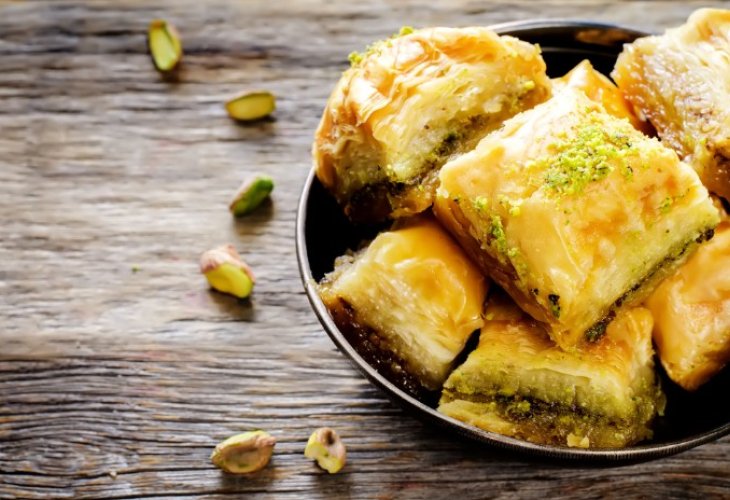Kabbalah and Mysticism
The Secret Meaning of Colors in Kabbalah: What White, Red, and Light Reveal About the Divine Sefirot
Explore how each color reflects a spiritual force and how the visible spectrum mirrors the hidden structure of creation
- |Updated

According to the Kabbalistic tradition, the very first emanation of divine light — the pure radiance from which all of Creation unfolded — is the Sefirah of Keter (Crown). Keter contains within it all the other Sefirot, and its color is described as a brilliant white light. From it flow the remaining Sefirot, each one representing a different aspect of divine energy, expressed symbolically by a distinct color.
In his classic work Pardes Rimonim (“The Orchard of Pomegranates”), Rabbi Moshe Cordovero (the Ramak) explores at length the meaning of the colors associated with the ten Sefirot. He clarifies that these colors are not literal, but symbolic representations of the spiritual forces and attributes each Sefirah embodies. Still, the spiritual root of every color seen in the physical world originates in its corresponding Sefirah.
Following are selections adapted from his writings:
Symbolic Meaning of Colors in the Sefirot
“Often the student of Kabbalah or the Zohar will find specific colors associated with each Sefirah. One must be extremely careful not to take these descriptions literally, Heaven forbid, for color is a property of physical matter. The Sefirot are purely spiritual and cannot be described in material terms. Whoever imagines that the Sefirot themselves possess visible colors destroys the inner meaning of the teaching and brings it down to materiality.”
Instead, the colors symbolize the effects and qualities that flow from these higher spiritual roots:
Red corresponds to Gevurah (Strength or Judgment), “for the warrior who overcomes in battle sheds red blood. Red signifies intensity, passion, anger, and power — hence, the color of severity and judgment.”
White corresponds to Chesed (Kindness or Mercy), “for white symbolizes peace, compassion, and benevolence. It is the color of elders and sages, who seek harmony rather than conflict. Therefore, when we wish to evoke mercy and loving-kindness, we envision whiteness.”
The Ramak explains that colors serve as channels for the Sefirot’s influence. When a mystic meditates to draw down divine compassion, he envisions the Name of God in the color of white;
when invoking judgment or justice, he may visualize red, corresponding to Gevurah.
The Priestly Garments and the Symbolism of White
This principle, writes the Ramak, is reflected in the garments of the priests in the Temple. Because the priestly service flows from the attribute of Chesed, their garments were white, symbolizing purity and peace. On Yom Kippur, the High Priest would remove his golden garments — representing judgment and worldly majesty, and wear simple white linen, embodying mercy and atonement.
The same idea is reflected in the twelve stones of the High Priest’s breastplate, each of a different color, corresponding to the twelve tribes of Israel. Every stone was chosen according to its tribe’s spiritual root and color resonance in the higher worlds.
Red to White: The Secret of Atonement
The Ramak connects this idea to the miracle of the crimson thread (Lashon Shel Zahorit) in the Temple: on Yom Kippur, the red wool would turn white, signaling the nation’s forgiveness. “When the source of judgment in the upper worlds is sweetened and transformed into mercy,” he explains, “the branches below — our physical reality, are likewise transformed: red becomes white, severity becomes compassion.”
Angels and Their Colors
In Pardes Rimonim, the Ramak further teaches that:
White is the color associated with the Archangel Michael, who governs the line of Chesed (Kindness).
Red corresponds to the Archangel Gabriel, who rules the line of Gevurah (Might).
It is uncertain whether these colors reflect their actual appearance or merely represent their functions, but the Book of Daniel (10:6) describes Gabriel as having an appearance “like lightning… his eyes as flaming torches, and his arms and legs like burnished copper” — all hues that lean toward red and fiery tones.
The colors of the Sefirot are not pigments of light, but spiritual metaphors — expressions of divine energy as it manifests through mercy (white), judgment (red), harmony, or balance.
Through understanding these colors, the mystic learns how the visible spectrum of creation reflects the invisible structure of divine order — a radiant tapestry where every hue is a whisper of eternity.

